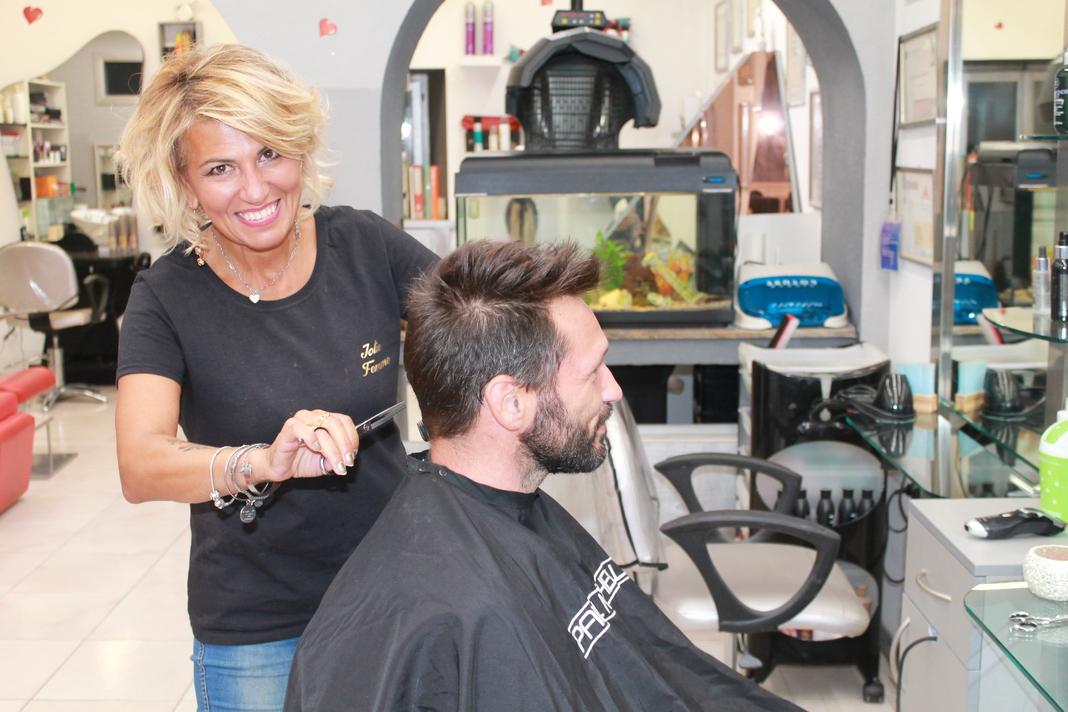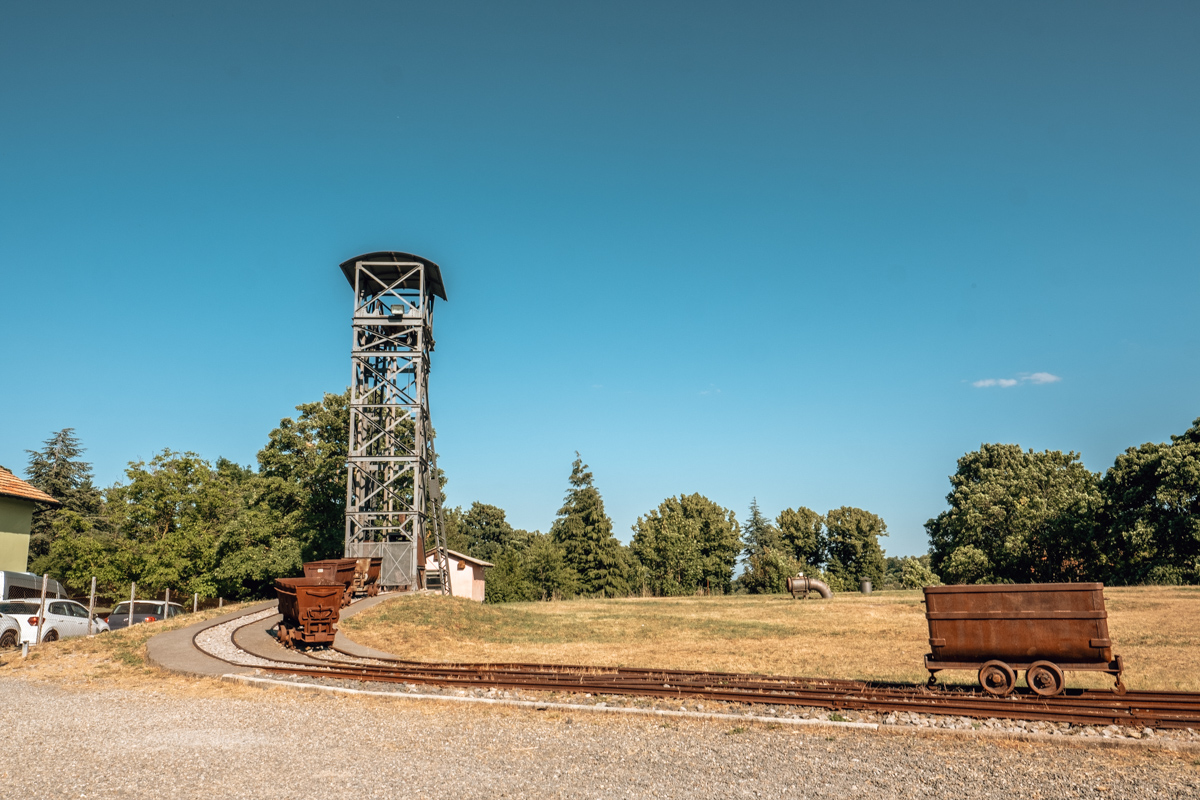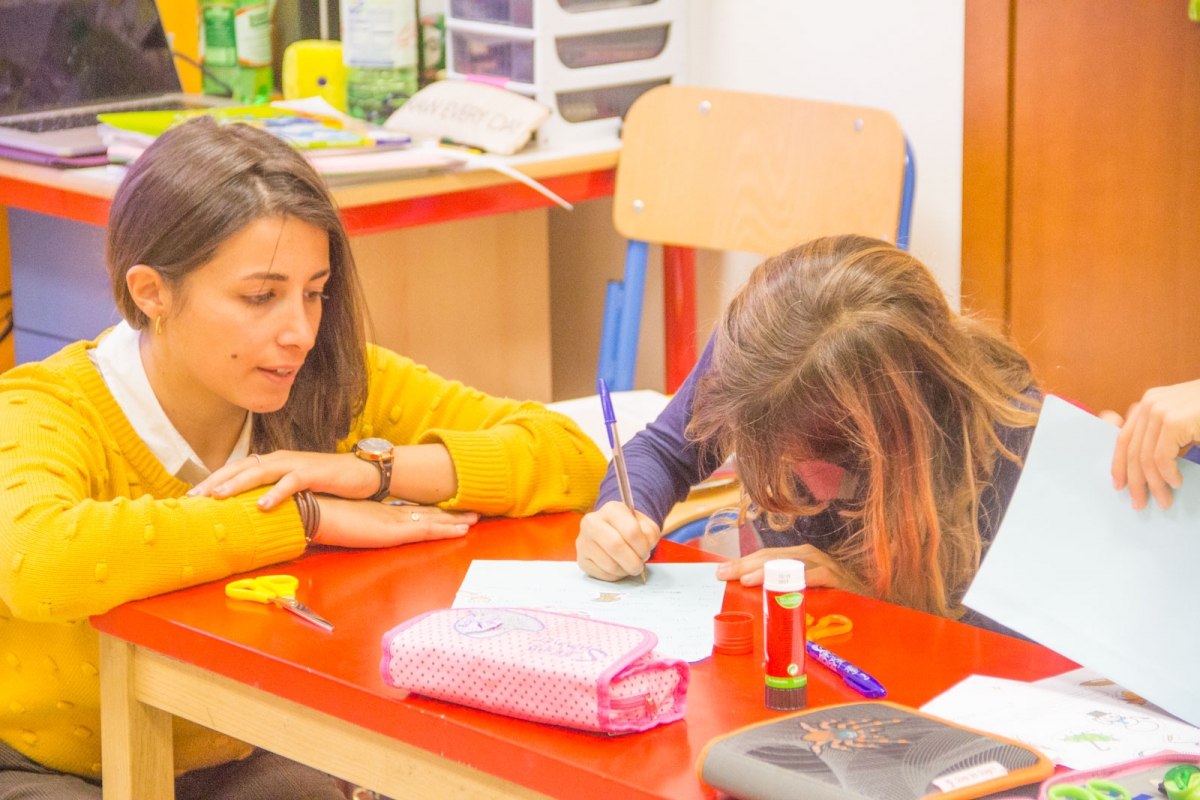By Our Editorial Staff Experience and dream can create a magical combination. This is the case of the entrepreneur Giovanni Pezzella, who arrived in Tuscany from Campania to create two restaurants different in proposal but similar in vocation: to offer the highest possible quality thanks to attention to detail and an all-encompassing experience. […]
read more >Author: Siena, Val D'orcia & Amiata
We must commit ourselves to creating sled, sledding or bobsleigh tracks and to decongest areas of maximum affluence through the redevelopment of neighboring areas dedicated to specific recreational / recreational activities with greater safety and satisfaction for users
read more >I am a Mental Coach, an expert in Neuro Linguistic Programming and Change Techniques.
read more >If you are looking for a trained hair stylist, who knows how to enhance and create a unique look, which makes you the absolute protagonists of your special day, Golden Hair is the answer.
read more >A new structure, strongly desired by the entrepreneur Alessandro Massai. A simple, fresh, clean environment with attention to the smallest details, which today is renewed by incorporating the Arbolé, a historic pizzeria in Abbadia San Salvatore. To support Alessandro there are his partner Francesca, the director Domenico, and the cooks Tommaso and Giorgio.
read more >Riccardo, with a ten-year tradition, has taken the reins of the family business, assisted by the professionalism and preparation of Andrea and Federico. Today the doors of the showroom open to us: 700 square meters where you can find all the best for the home.
read more >firefighting for soil protection, cleaning ditches for reclamation, pruning, care of greenery and parks, construction of roads, squares, fences, naturalistic engineering, guardians in companies and cleaning
read more >Courses start in September and end in June. Before choosing which one is the most suitable, you can take advantage of two free trials
read more >We are immersed in one of the most iconic landscapes in Italy – a stone’s throw from Sant’Antimo, Montalcino, the Val d’Orcia, the Maremma and Monte Amiata – where AR Consulting Italia is based. A multifaceted project, managed by the experience, vision and knowledge of the tourism and real estate sector of Alessio and Cristina, and, nevertheless, by their harmony as a couple. La Corte Francigena, an urban conglomerate that stands out for taste, refinement of details and top quality services, represents an excellence of tourist hospitality in the area, and beyond.
read more >A story of pride and belonging, which has its roots in San Giovanni delle Contee. A border village of about 150 inhabitants, 150 brothers, acquaintances, friends. United, with the aim of resisting the times and not making the life of the village disappear, in a project that involves almost all the inhabitants; some engaged in the production of excellent wines, others in the processing of legumes, potatoes and oils. Products that can be purchased – or, rather, tasted – at Osteria Macallè. We talk about it with Tiziana Peruzzi who has been managing a place for true connoisseurs since 2019.
read more >Taste, Relaxation and Authenticity in the Heart of the Val d’Orcia.
read more >We are talking about dermopigmentation and semi-permanent make-up, essential to give definition to the face thanks to a light technique that works on the shades, giving a natural look, and the use of mineral pigments, choosing the shape and color step by step
read more >The association was established in 2022 and already includes nine DOP and IGP products: Castagna del Monte Amiata IGP, Fagiolo di Sorana IGP, Farro della Garfagnana IGP, Marrone del Mugello IGP, Mortadella di Prato IGP, Pane Toscano DOP, Pecorino delle Balze Volterrane DOP, Olio di Seggiano DOP and Olio Terre di Siena DOP.
read more >At Claudia’s you can get all kinds of advice on colour, cut and also on trichology: “hair health – Claudia continues – is really the most important thing, so our advice always takes this into consideration: based on the type of hair we decide whether a treatment is needed or not”.
read more >The visit to the Abbadia San Salvatore Mining Museum Park is structured in three parts, each one fascinating. The first is represented by the multimedia museum The ‘Geography of Mercury’, where, like a script, everything revolves around this metal element and immerses the viewer in the narrative of mining life: the myth, the territory, the work, the men and the material constitute the chapters of the story; multimedia technologies take the visitor on a fascinating journey: “there are numerous mining parks ̶̶ explains Massimo Sabatini, president of the Terre di Toscana Consortium ̶̶ but very few focused on mercury and it is no coincidence that we are twinned with Idrija in Slovenia and Almadén in Spain which, together with Abbadia, formed the three main poles of mercury production in Europe. In the museum you will find films, videos and oral testimonies of those who spent their lives in mining.”
read more >In 2001, after years of experience, Patricia brought her innovative idea of education to the Val d’Orcia, with the motto of ‘have fun learning’. The classrooms are colourful and welcoming. Entering them one gets the impression of belonging to a large family.
read more >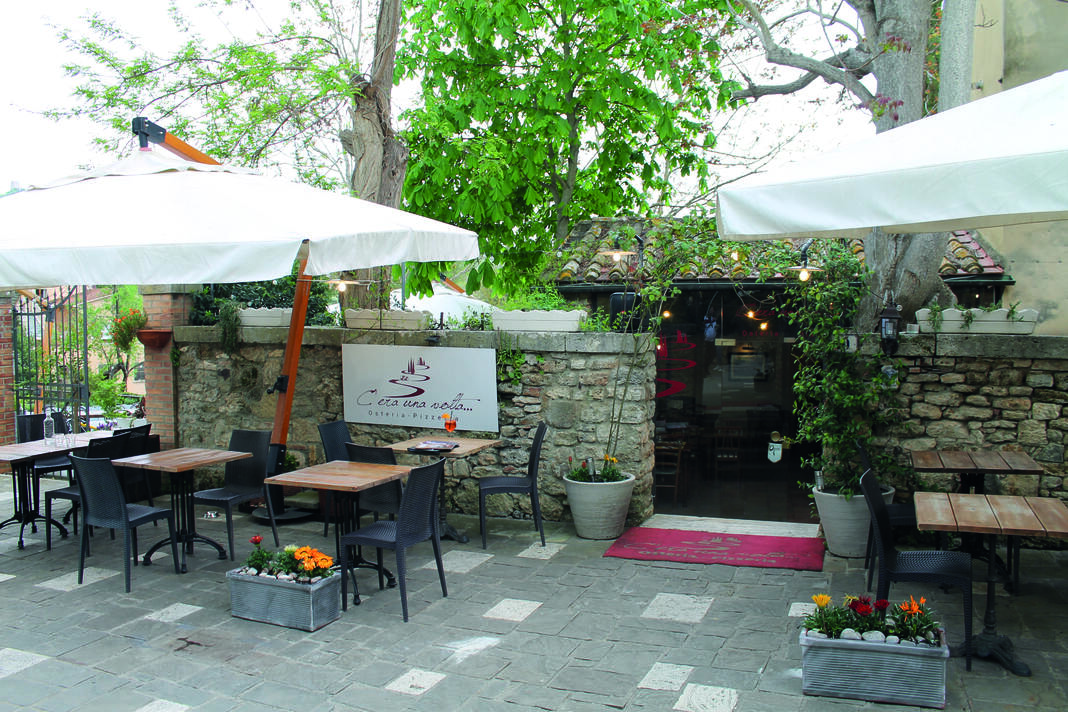
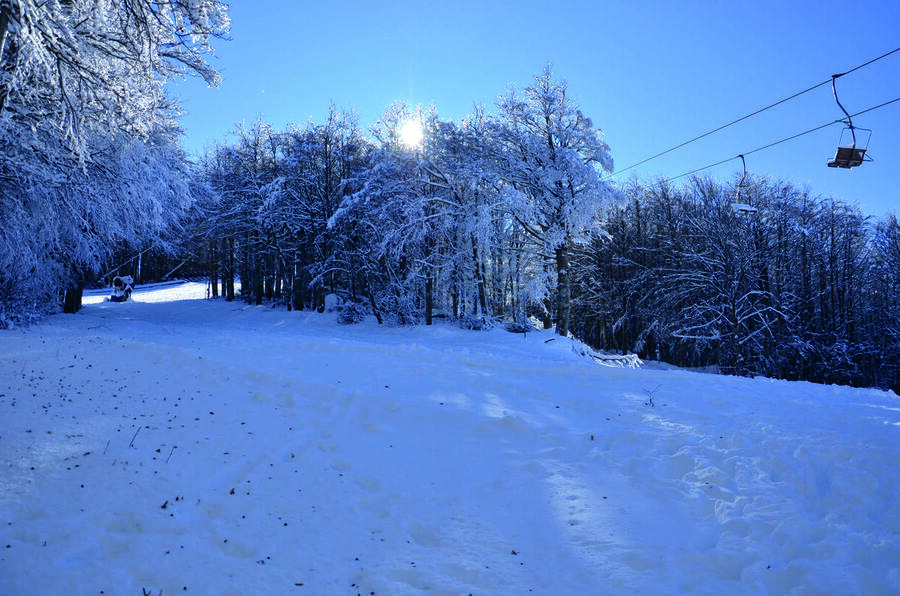
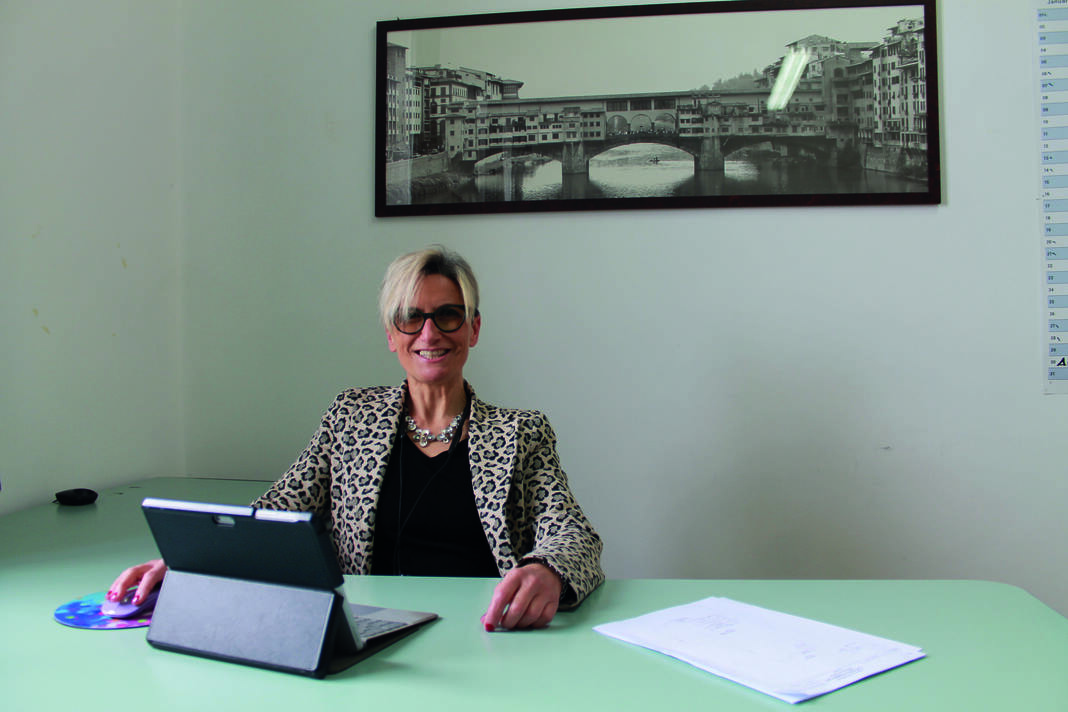

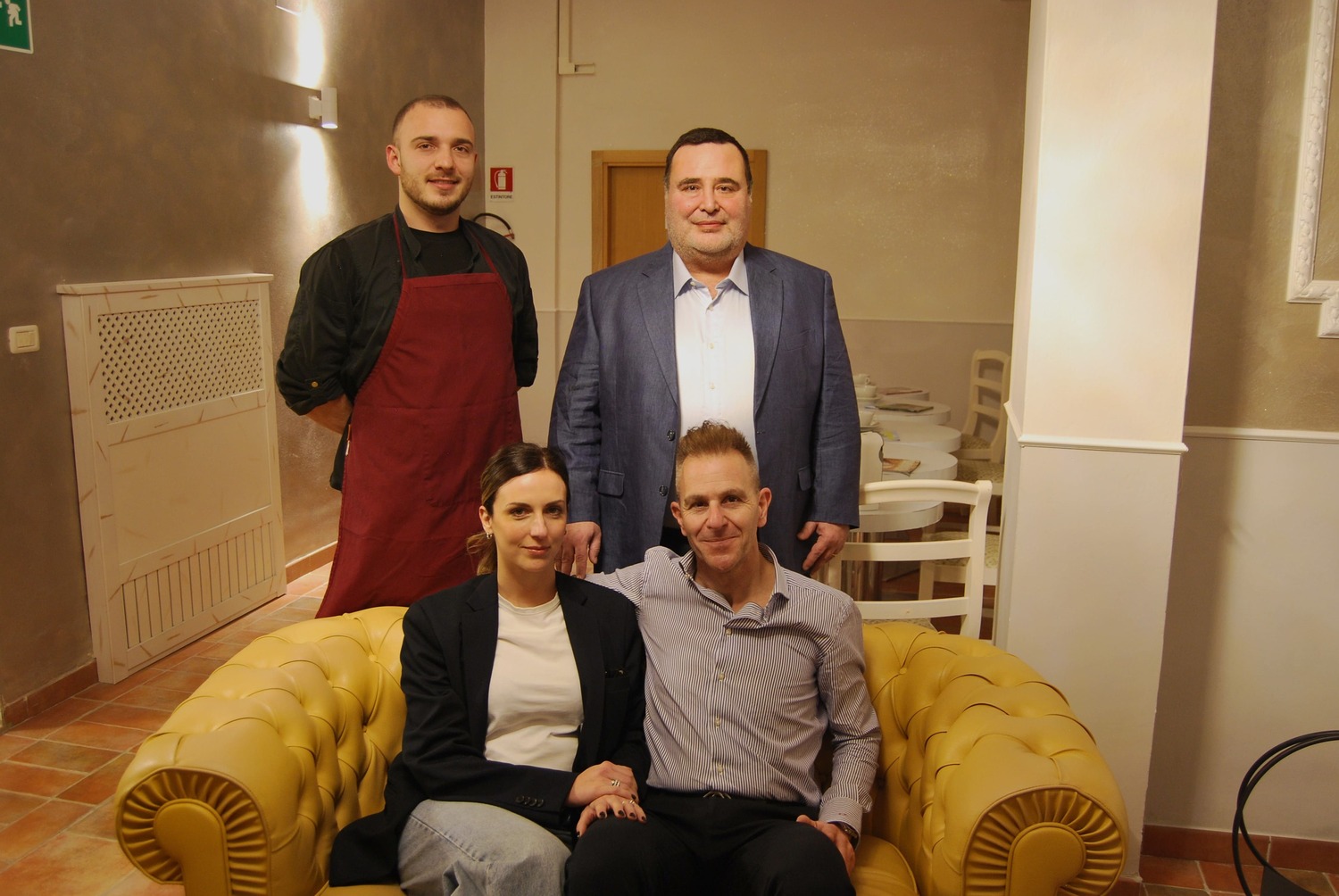
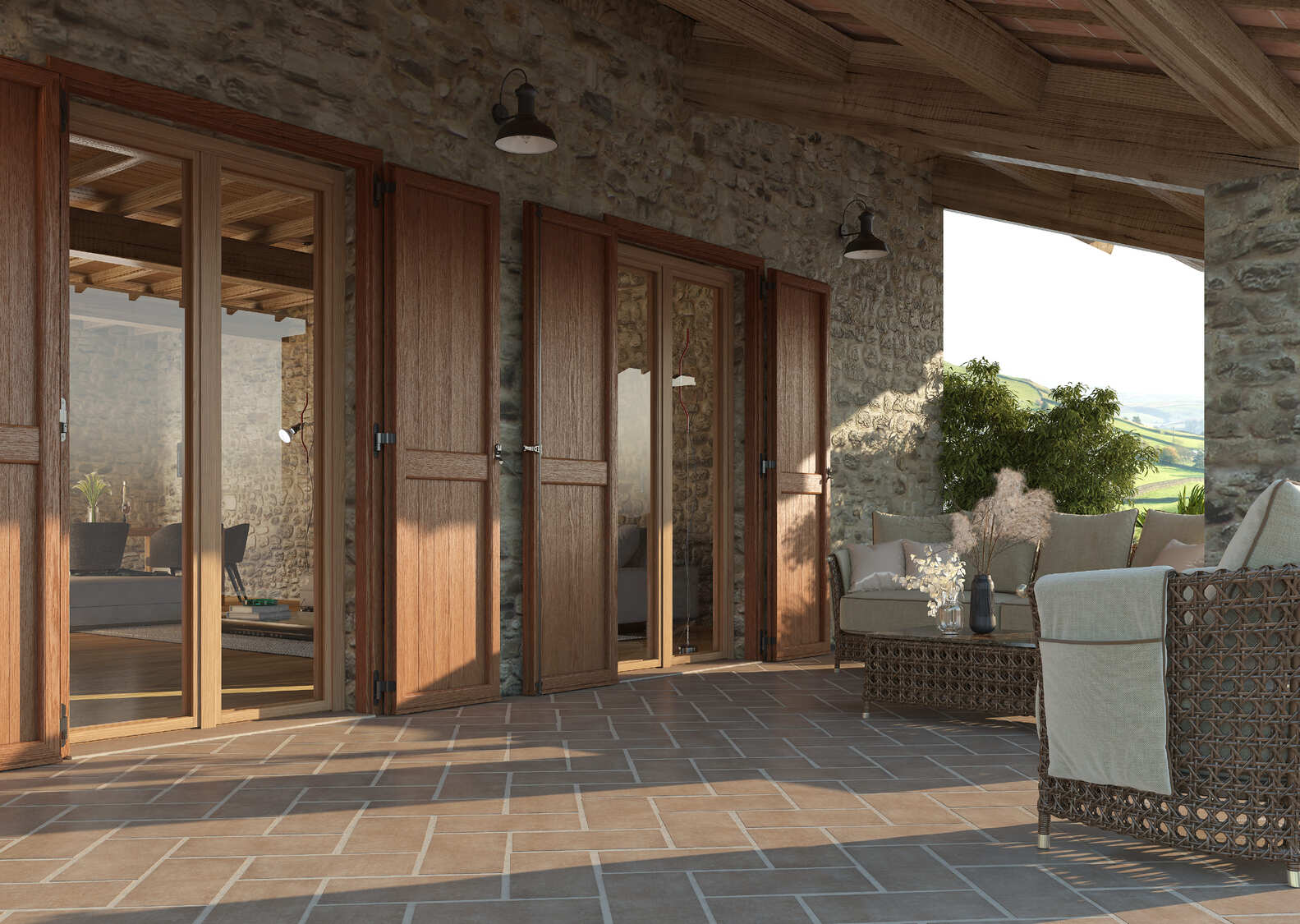
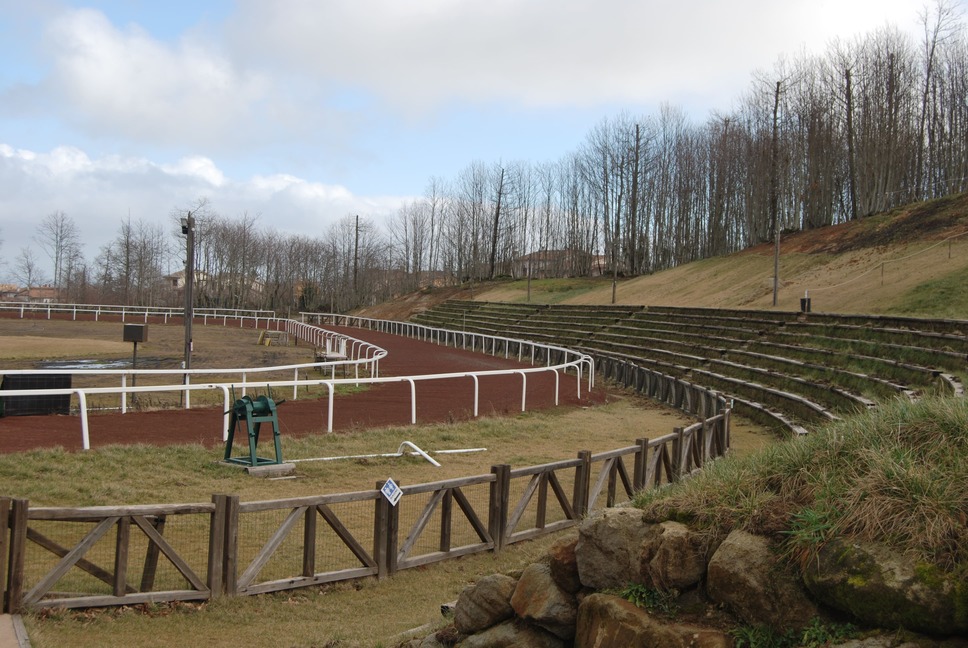
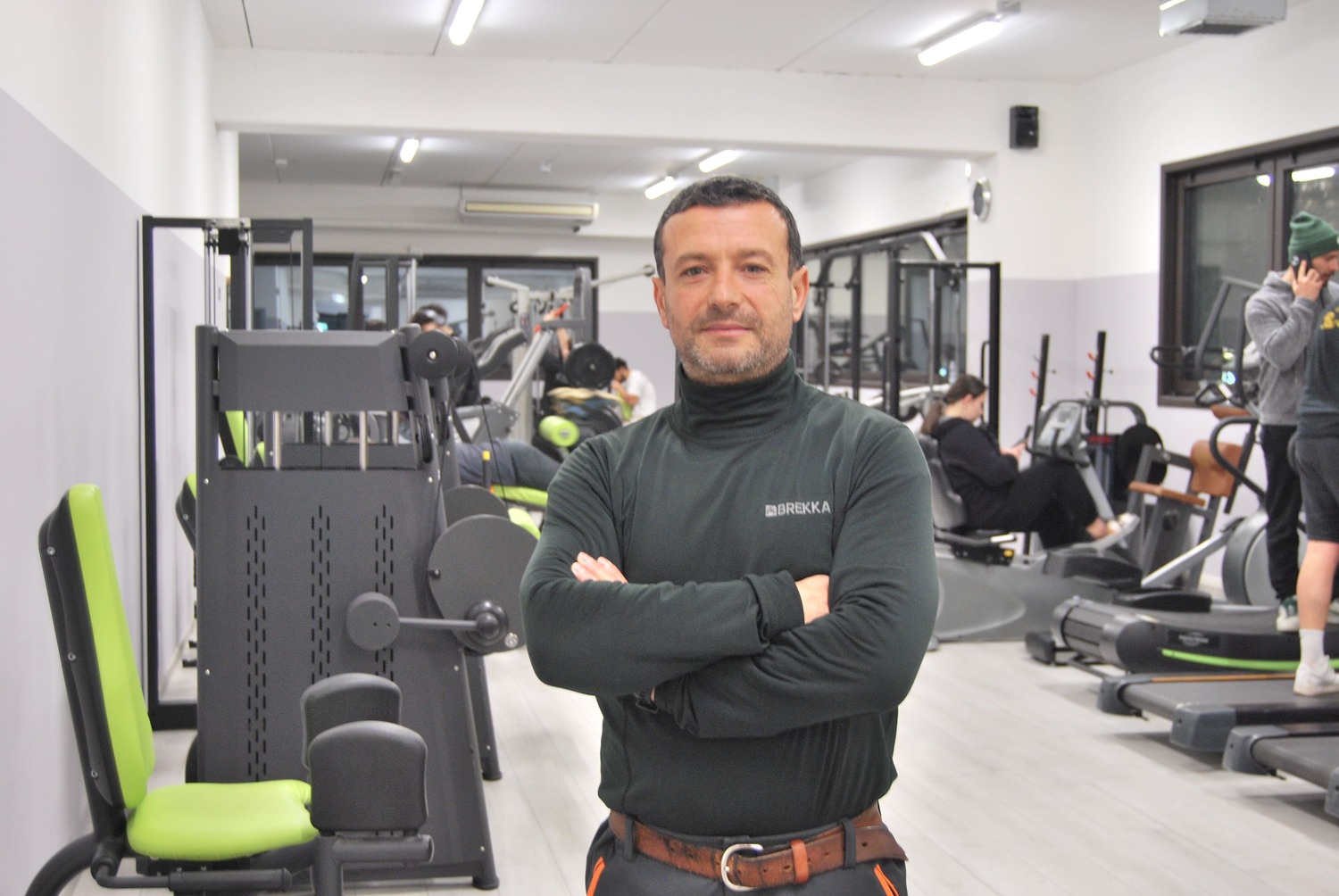
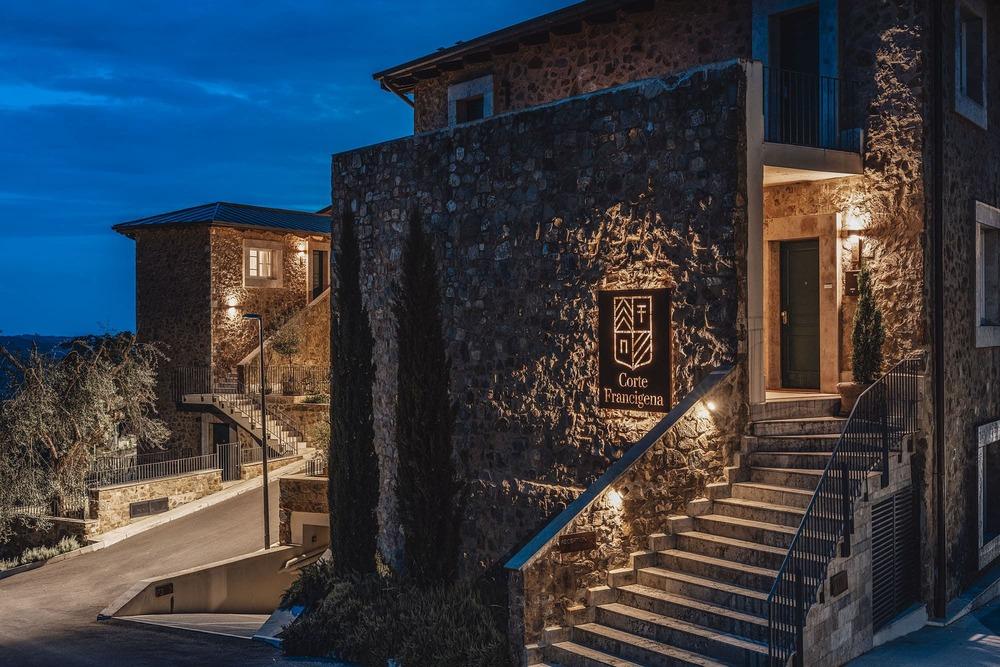

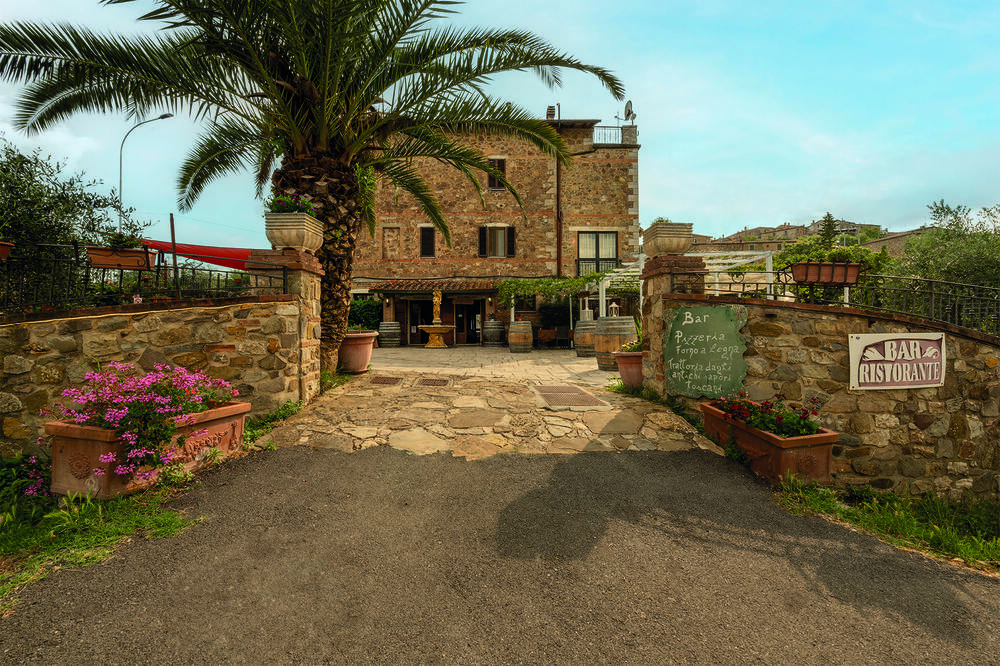
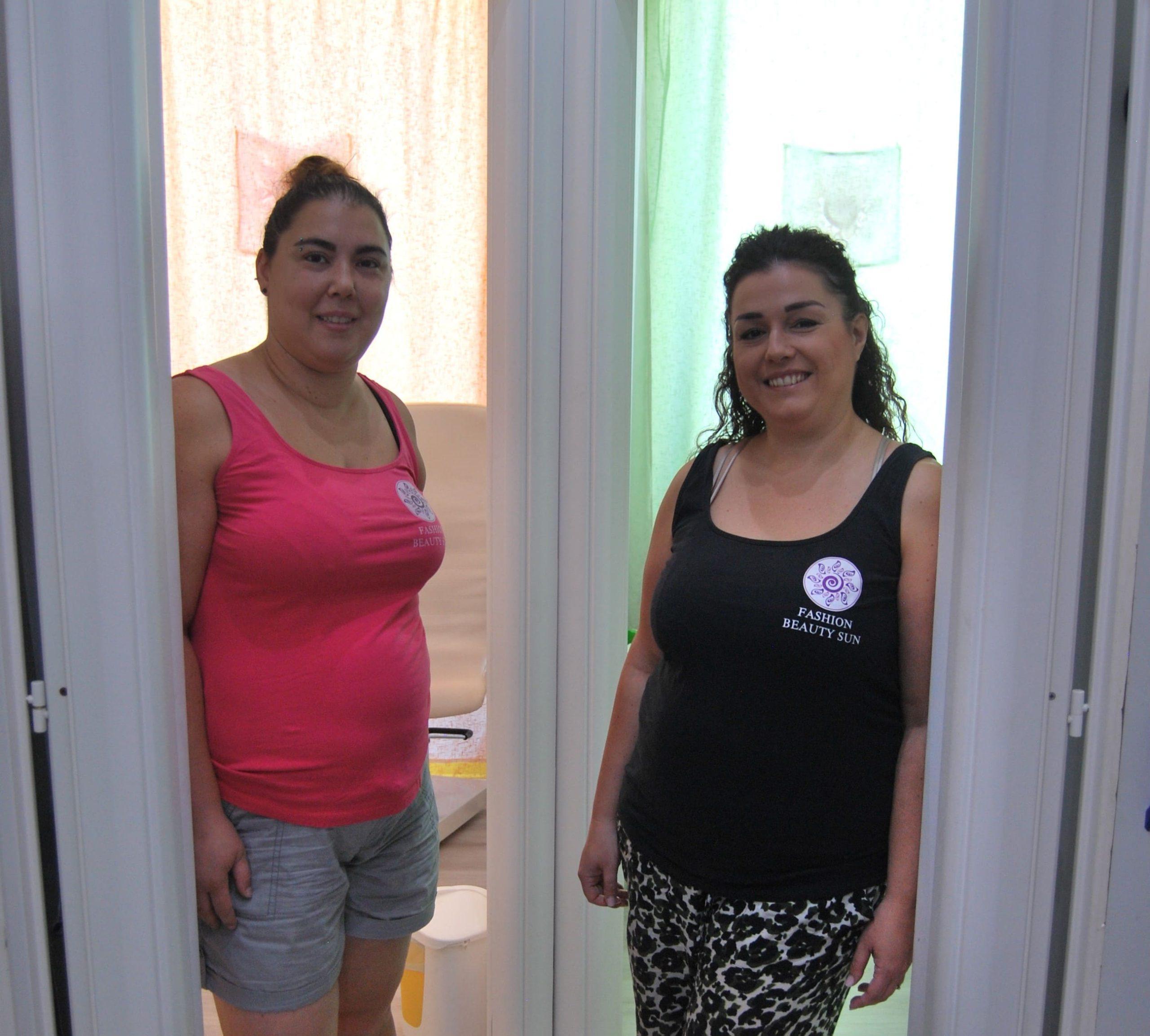
![The ‘Quore’ [play on Cuore, ‘heart’] of Tuscany](https://www.valleylife.it/wp-content/uploads/2023/03/d-2.jpg)
